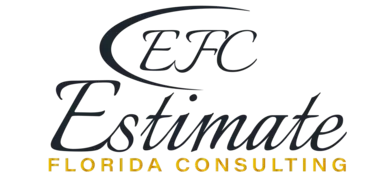How Much Does It Cost to Stucco a 1,500 Sq Ft House?
Stuccoing a 1,500 sq ft house typically costs between $17,287 and $32,105. The total expense depends on several factors, such as the type of stucco (traditional or synthetic), local labor rates, and any necessary prep work, like repairing the existing surface or installing a moisture barrier. Additional costs may arise if the project requires scaffolding or intricate detailing. Traditional stucco usually ranges from $8 to $12 per square foot, while synthetic options can be higher. Hiring a skilled contractor ensures proper application, enhancing durability and appearance.
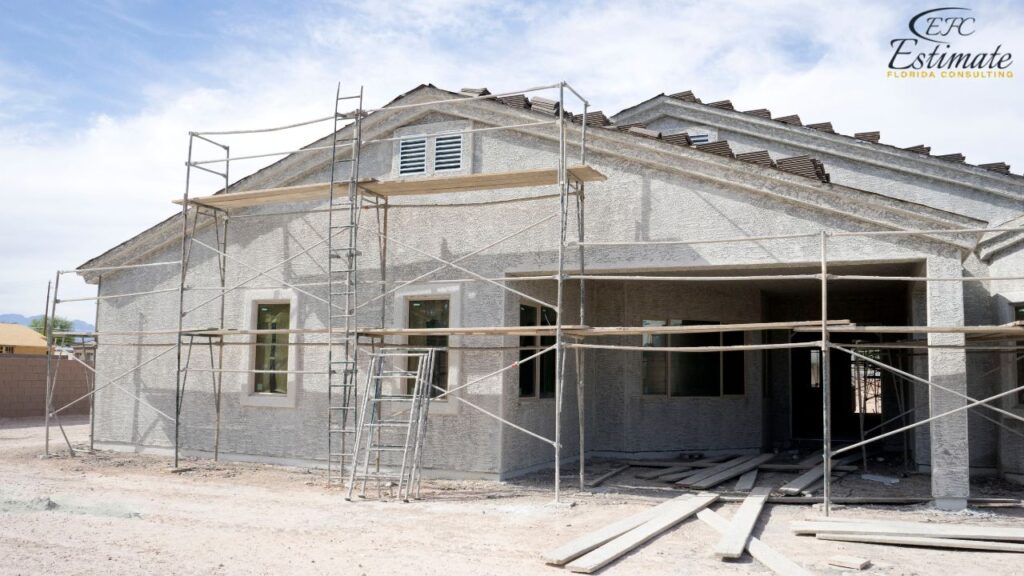
Average Cost Breakdown
The cost of stuccoing a 1,500 sq ft house can vary based on several factors, including the type of stucco, labor rates, and any additional work required. On average, the cost can range from $17,287 to $32,105 or more. Here’s a general cost breakdown:
Construction Costs
Component | Estimated Cost (in dollars) |
Materials | $7,409 – $14,818 |
Labor | $6,174 – $12,348 |
Additional Costs | $3,704 – $4,939 |
Understanding the average cost breakdown helps you plan your budget more effectively. Each component contributes to the overall cost, and knowing the range for each can help you make informed decisions on where to allocate resources and where potential savings can be made without compromising on quality. This level of detail ensures that all aspects of the project are accounted for, preventing unexpected expenses.
Detailed Cost Breakdown
Materials
The cost of materials includes the stucco mix, lath, and any additional components such as sealant or paint. The choice of materials can significantly impact the overall cost. High-quality stucco mixes and additional layers for enhanced durability will increase the cost.
Cost Component | Estimated Cost (in dollars) |
Stucco Mix | $3,704 – $7,409 |
Lath | $2,058 – $4,116 |
Sealant/Paint | $1,647 – $3,294 |
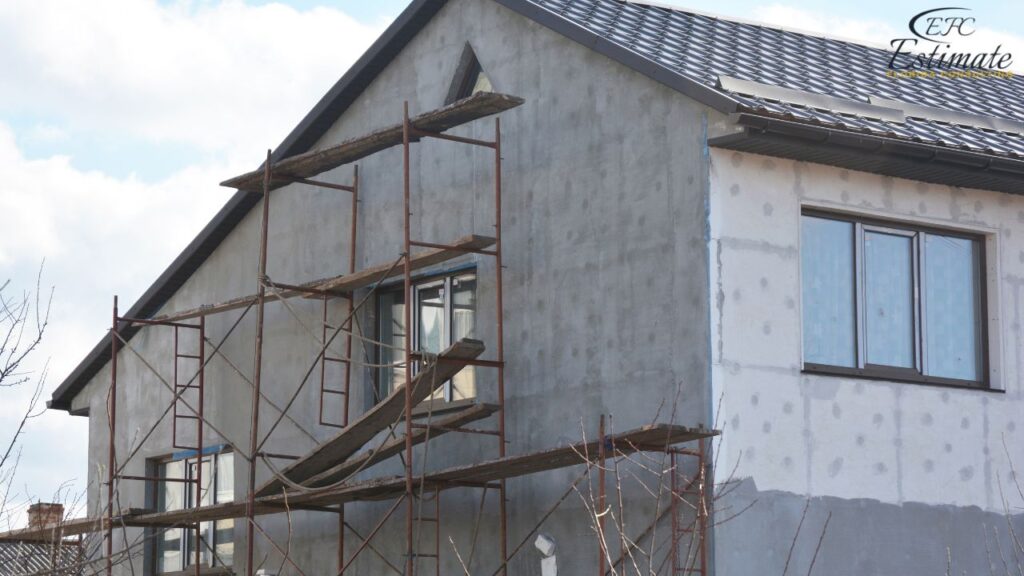
Using high-quality materials ensures that the stucco will withstand the elements and provide long-lasting performance. For example, opting for a higher-end stucco mix with additives can enhance the finish’s durability and appearance. Investing in good materials upfront can lead to fewer repairs and maintenance costs in the future.
Labor
Labor costs include the time and expertise required to prepare the surface, apply the lath, and apply the stucco. The total labor cost can vary based on the complexity of the project and the rates charged by local contractors. Experienced contractors might charge more, but their work can ensure the stucco is applied correctly and efficiently.
Cost Component | Estimated Cost (in dollars) |
Surface Preparation | $2,058 – $4,116 |
Lath Installation | $2,058 – $4,116 |
Stucco Application | $2,058 – $4,116 |
Investing in skilled labor is crucial for ensuring the quality and durability of the stucco finish. Professional contractors can also provide valuable advice on the best materials and application techniques for your specific location. Their expertise can help avoid common pitfalls and ensure a smooth, even application that enhances both appearance and performance.
Additional Costs
Additional costs can include permits, inspections, and any necessary site preparation or repairs. These costs can vary depending on local regulations and the specific requirements of the project.
Cost Component | Estimated Cost (in dollars) |
Permits and Inspections | $823 – $1,646 |
Site Preparation/Repairs | $1,235 – $2,058 |
Miscellaneous Costs | $1,647 – $3,294 |
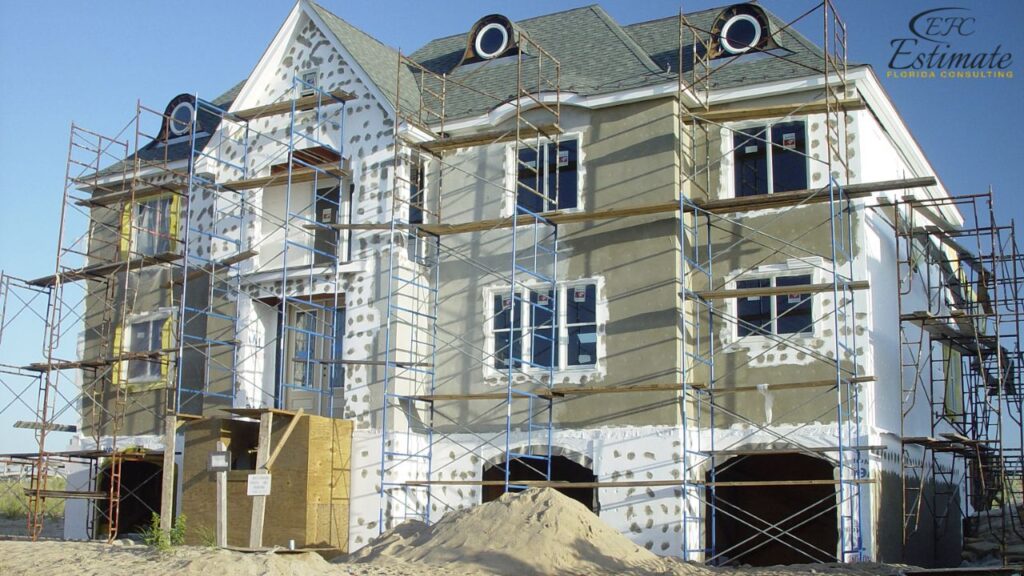
Ensuring that all necessary permits and inspections are obtained is critical for the legal and safe completion of the stucco project. These additional costs, while sometimes overlooked, play a crucial role in the project’s overall success and compliance. Proper site preparation and repairs can enhance the functionality and appearance of the stucco finish. Addressing these aspects thoroughly can prevent issues such as water infiltration or structural problems down the line.
Types of Stucco Finishes
Traditional Stucco
Traditional stucco is made from a mixture of cement, sand, lime, and water. It is applied in three coats (scratch, brown, and finish) and provides a durable, long-lasting finish.
Component | Estimated Cost (in dollars) |
Materials | $6,174 – $12,348 |
Labor | $7,409 – $14,818 |
Additional Costs | $3,704 – $4,939 |
Traditional stucco is known for its robustness and versatility, allowing for a variety of textures and colors to suit different architectural styles. This type of stucco has been used for centuries and remains a popular choice due to its classic look and dependable performance.
Synthetic Stucco (EIFS)
Synthetic stucco, also known as Exterior Insulation and Finish System (EIFS), includes a layer of foam insulation covered with a synthetic finish. It offers improved insulation and flexibility compared to traditional stucco.
Component | Estimated Cost (in dollars) |
Materials | $8,232 – $16,464 |
Labor | $8,232 – $16,464 |
Additional Costs | $4,116 – $5,762 |
EIFS provides excellent energy efficiency and a wide range of design possibilities. This system is particularly effective in climates where temperature regulation is crucial, offering both aesthetic appeal and practical benefits.
Smooth Finish Stucco
Smooth finish stucco provides a sleek, modern appearance. It requires more skill and labor to achieve a flawless finish, which can increase the cost.
Component | Estimated Cost (in dollars) |
Materials | $9,055 – $18,110 |
Labor | $8,232 – $16,464 |
Additional Costs | $4,116 – $5,762 |
Smooth finish stucco is ideal for contemporary designs, providing a clean, minimalist look. The smooth texture can be more challenging to apply evenly, requiring skilled craftsmanship to ensure a perfect finish. This type of stucco is often chosen for its high-end appearance and sophisticated style.
90% More Chances to Win Projects With Our Estimate!
- Multi-Family Building
- Hotel Building
- Hospital Building
- Warehouse Building
- School & University Building
- High-Rise Building
- Shopping Complex
- Data Center Building
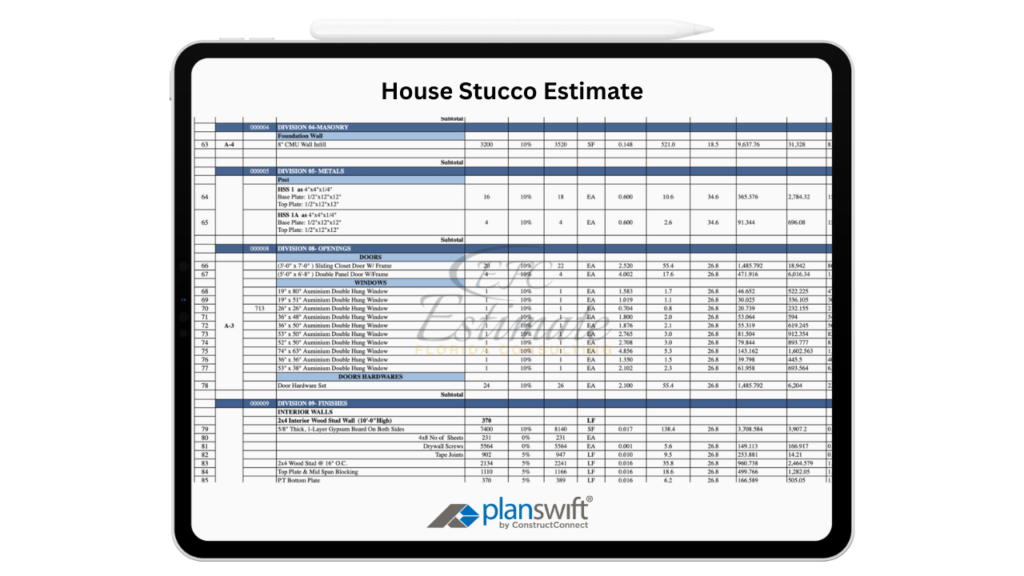
Cost Comparison of Different Stucco Finishes
Finish Type | Materials Cost (in dollars) | Labor Cost (in dollars) | Additional Costs (in dollars) | Total Cost (in dollars) |
Traditional | $6,174 – $12,348 | $7,409 – $14,818 | $3,704 – $4,939 | $17,287 – $32,105 |
Synthetic (EIFS) | $8,232 – $16,464 | $8,232 – $16,464 | $4,116 – $5,762 | $20,580 – $38,690 |
Smooth Finish | $9,055 – $18,110 | $8,232 – $16,464 | $4,116 – $5,762 | $21,403 – $40,336 |
Factors Affecting the Cost of Stuccoing a House
House Size
The size of the house is one of the most significant factors affecting the cost. Larger houses require more materials and labor, increasing the overall cost. The total square footage of the exterior walls will determine the amount of stucco needed. As the area increases, the amount of preparation, application, and finishing work also rises, impacting both material and labor costs.
Material Choice
The choice of materials can greatly influence the overall cost. High-quality stucco mixes and additional layers for enhanced durability will increase the cost. The type of finish (smooth, textured, or custom) can also impact the cost. Selecting premium materials can improve the longevity and appearance of the stucco but at a higher initial investment.
Site Conditions
The condition of the site can also impact the cost. If the site requires extensive preparation, such as repairing damaged walls or addressing moisture issues, the costs will be higher. Proper site preparation is essential for ensuring a stable and long-lasting stucco finish. Issues like existing damage, uneven surfaces, or underlying structural problems can complicate the project, leading to increased costs for remediation.
Local Labor Rates
Labor rates can vary significantly depending on the region and local demand for contractors. Urban areas with higher costs of living typically have higher labor rates. Additionally, the availability of skilled contractors can affect pricing, with more competitive markets potentially offering lower rates. Obtaining multiple quotes from local contractors can help ensure you get a fair price for the work. Comparing quotes also provides insight into the range of services and the quality of work offered by different professionals.
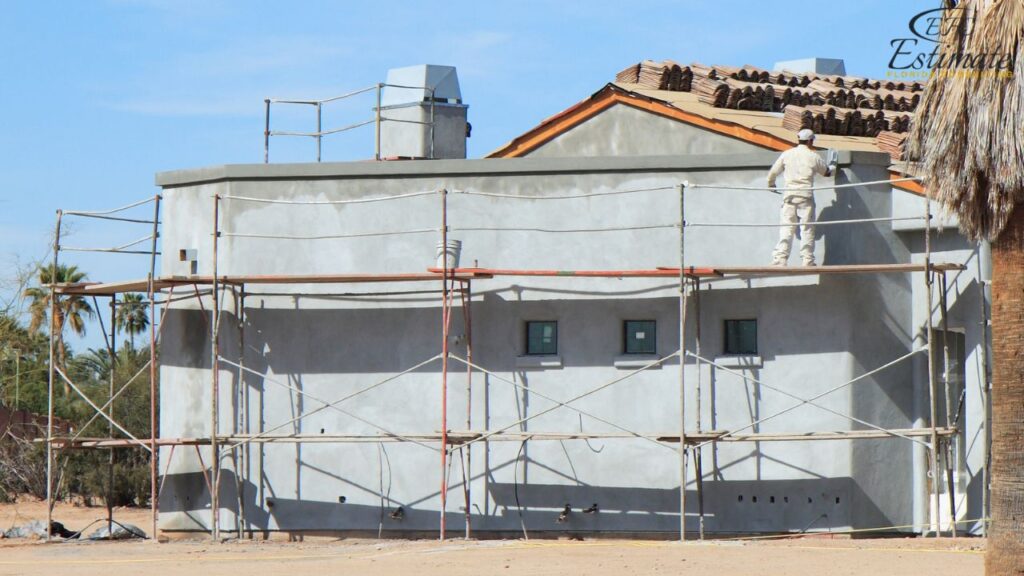
Design and Features
The design and features of the house can also influence the cost. Additional features such as decorative trims, custom textures, or integrated insulation can increase the overall cost. These features can enhance the aesthetic appeal and functionality of the stucco finish but should be considered carefully within the overall budget. Custom designs and elaborate architectural details require more time and precision, contributing to higher costs.
Steps for Stucco Installation
Surface Preparation
Proper surface preparation is crucial for a successful stucco application. This includes cleaning the walls, repairing any damage, and ensuring the surface is even. Preparation work may also involve installing a moisture barrier or lath to provide a stable base for the stucco. Thorough preparation ensures that the stucco adheres properly and lasts longer, preventing issues like cracking or peeling.
Lath Installation
Lath installation provides a foundation for the stucco to adhere to. It involves attaching a metal or wood framework to the exterior walls. The lath must be securely fastened and evenly spaced to support the layers of stucco.
This step is essential for creating a strong, durable surface that can withstand the weight and stress of the stucco layers.
Stucco Application
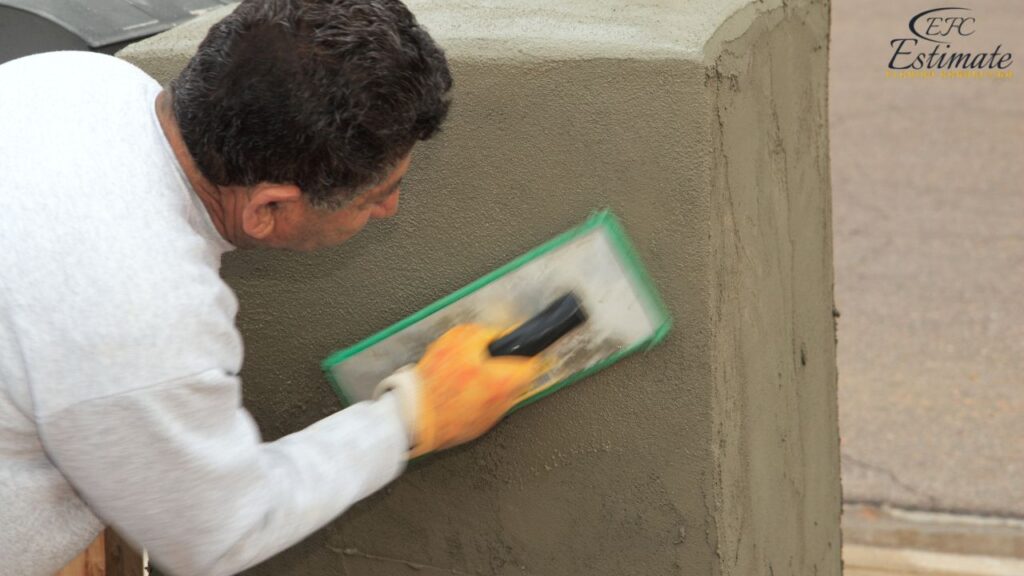
Stucco is applied in multiple coats, starting with the scratch coat, followed by the brown coat, and finishing with the final coat. Each layer must be allowed to cure properly before applying the next. The application process requires skill and precision to ensure an even, smooth finish. Proper application techniques also help prevent common issues like cracking or delamination.
Finishing Touches
Finishing touches include adding any desired textures, colors, or decorative elements. This can involve using different tools and techniques to create a specific look or pattern. The final finish not only enhances the appearance of the stucco but also adds a protective layer against the elements. Choosing the right finish can significantly impact the overall aesthetic and durability of the stucco.
Tips for Managing Stucco Installation Costs
Plan and Budget Carefully
Developing a detailed plan and budget before starting the stucco project is essential. Consider all potential costs, including materials, labor, permits, and additional expenses. A comprehensive budget can help avoid unexpected expenses and keep the project on track. Including a contingency fund for unforeseen issues can provide financial flexibility. Detailed planning helps prevent overspending and ensures that resources are allocated efficiently throughout the project.
Choose the Right Contractor
Selecting a reputable and experienced contractor can make a significant difference in managing costs. Obtain multiple quotes, check references, and ensure the contractor has experience with similar projects. A reliable contractor can help identify cost-saving opportunities and manage the project efficiently. Contracts should clearly outline the scope of work, timelines, and payment schedules to avoid misunderstandings. Choosing the right contractor ensures high-quality work and efficient project management. An experienced contractor can also provide valuable insights into optimizing the construction process and selecting cost-effective materials.
Opt for Standard Designs
Using standard designs and materials can help reduce costs. Custom designs and high-end materials can quickly increase the budget. Working with a contractor to develop a cost-effective yet functional design can help manage expenses. Standard designs often benefit from streamlined construction processes and readily available materials. Opting for standard designs can also expedite the construction process, reducing labor costs and minimizing potential delays. Standard designs can be enhanced with thoughtful customization, balancing cost-effectiveness with personal preferences and needs.
Download Template For Stucco Project Breakdown
- Materials list updated to the zip code
- Fast delivery
- Data base of general contractors and sub-contractors
- Local estimators
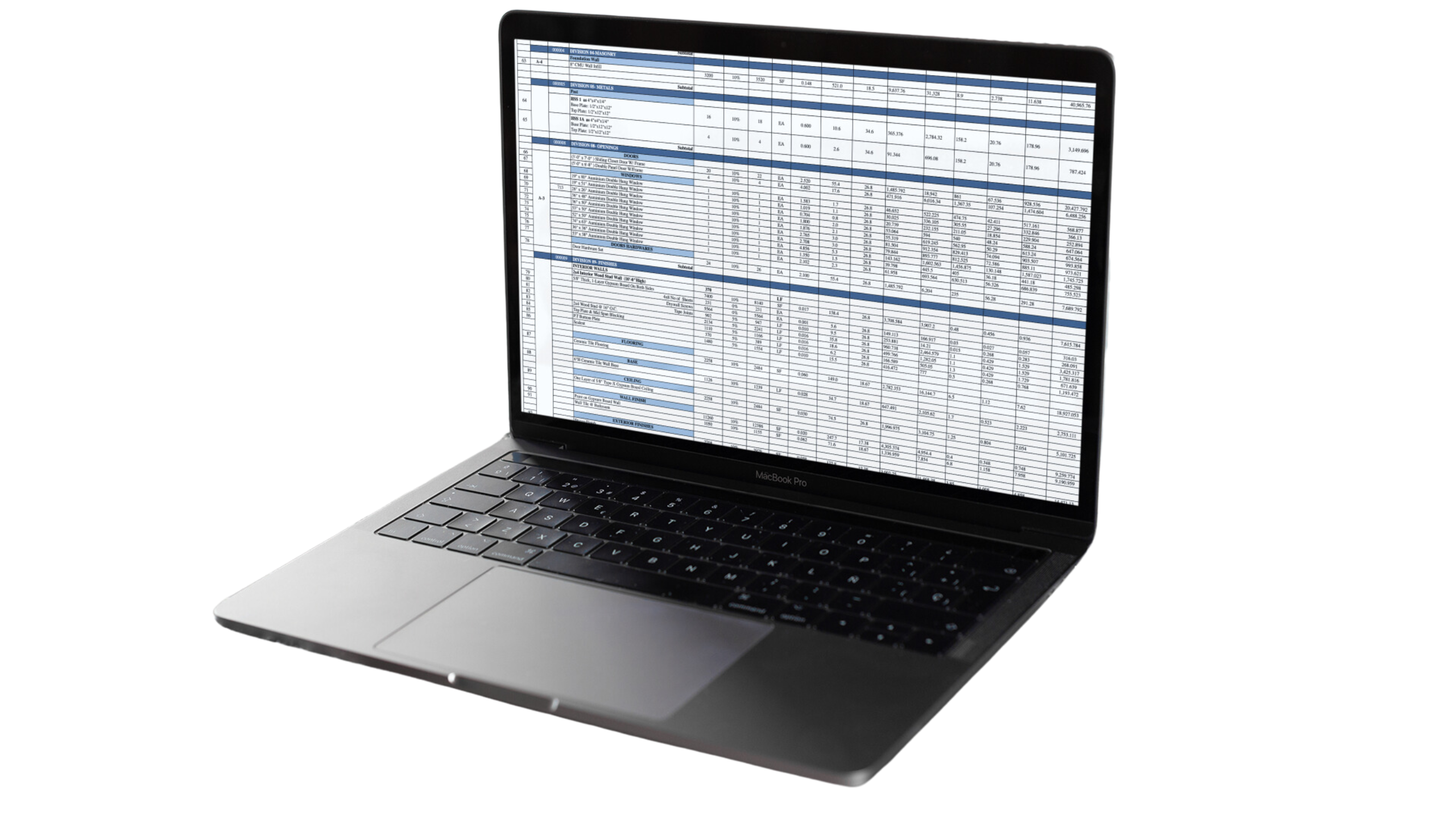
Monitor the Project Closely
Regularly monitoring the stucco project can help identify and address any issues promptly. Staying involved in the project ensures that it stays on schedule and within budget. Regular site visits and progress meetings with the contractor can help keep the project on track. Clear communication between all parties involved can prevent delays and ensure that any changes are managed efficiently. Close monitoring allows for proactive problem-solving and ensures the project meets the expected quality standards. Effective oversight helps ensure that the construction adheres to the planned schedule and budget, preventing costly overruns.
Plan for Contingencies
Including a contingency budget of 10-20% of the total stucco cost can help cover unexpected expenses. This ensures that you are prepared for any unforeseen issues that may arise during the construction process. A contingency budget provides a financial cushion to handle surprises without derailing the project. Being prepared for contingencies ensures that the project can continue smoothly even when unexpected challenges occur. Having a contingency plan helps mitigate risks and ensures that the project remains on track despite potential setbacks.
Conclusion
Stuccoing a 1,500 sq ft house is a significant investment that requires careful planning and budgeting. By understanding the various costs involved and the factors that influence these costs, you can make informed decisions and ensure the success of your stucco project. Investing in high-quality materials, working with experienced professionals, and planning for contingencies can ensure a successful and cost-effective stucco installation. Properly managing the construction process not only ensures compliance with safety standards but also maximizes the long-term benefits of the investment. Taking a proactive approach to project management and budgeting can lead to a successful outcome, providing a durable and aesthetically pleasing addition to your property that enhances its value and enjoyment for years to come.
FAQs
Stuccoing a 1,500 sq ft house typically costs between $17,287 and $32,105. The total expense depends on factors such as the type of stucco, local labor rates, and necessary prep work.
Several factors influence the total cost, including the type of stucco (traditional or synthetic), local labor rates, and any required prep work like repairing the existing surface or installing a moisture barrier. Additional costs may arise if scaffolding or intricate detailing is needed.
Traditional stucco usually ranges from $8 to $12 per square foot, while synthetic options can be higher.
Hiring a skilled contractor ensures proper application, enhancing the durability and appearance of the stucco. Experienced contractors can also manage the project efficiently, potentially reducing future maintenance costs.
Here’s a general cost breakdown:
- Materials: $7,409 – $14,818
- Labor: $6,174 – $12,348
- Additional Costs: $3,704 – $4,939
Material costs include the stucco mix, lath, and any additional components such as sealant or paint. High-quality stucco mixes and additional layers for enhanced durability will increase the cost.
Labor costs cover surface preparation, lath installation, and stucco application. The complexity of the project and local contractor rates can influence the total labor cost.
Additional costs can include permits, inspections, and any necessary site preparation or repairs. These costs vary depending on local regulations and project-specific requirements.
Google Reviews

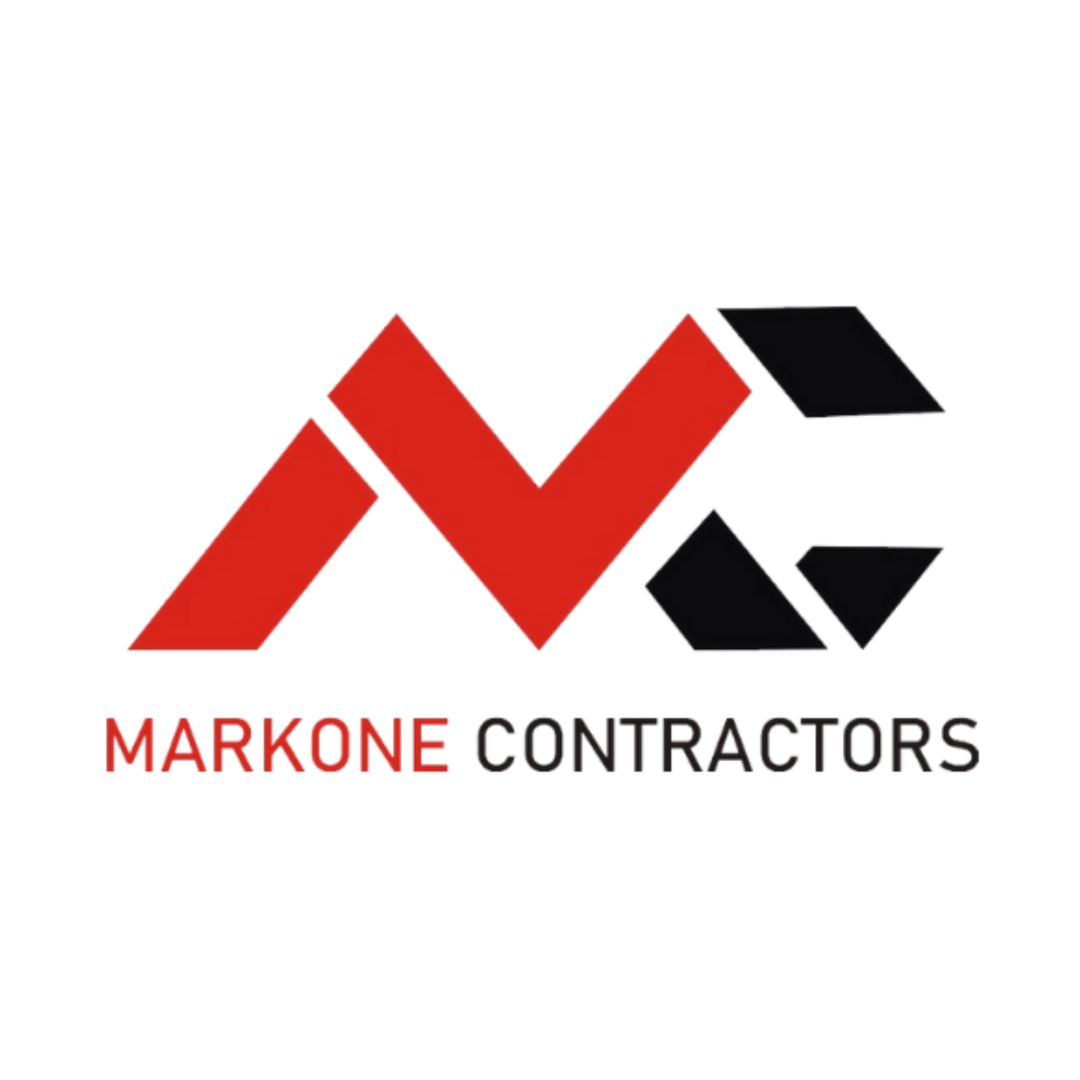
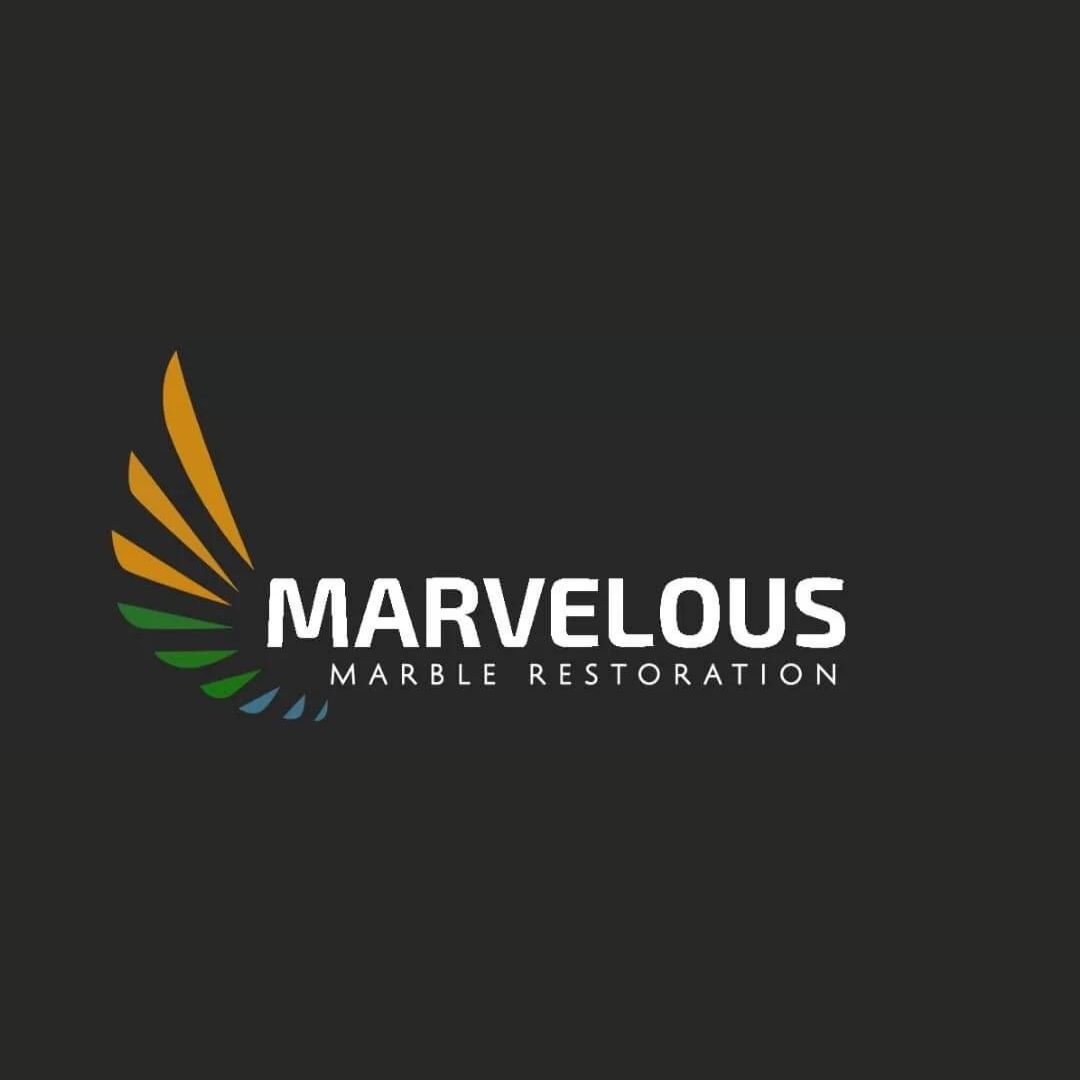
Process To Get Stucco Cost Estimate Report
Here I am going to share some steps to get stucco cost estimate report.
-
You need to send your plan to us.
You can send us your plan on info@estimatorflorida.com
-
You receive a quote for your project.
Before starting your project, we send you a quote for your service. That quote will have detailed information about your project. Here you will get information about the size, difficulty, complexity and bid date when determining pricing.
-
Get Estimate Report
Our team will takeoff and estimate your project. When we deliver you’ll receive a PDF and an Excel file of your estimate. We can also offer construction lead generation services for the jobs you’d like to pursue further.

